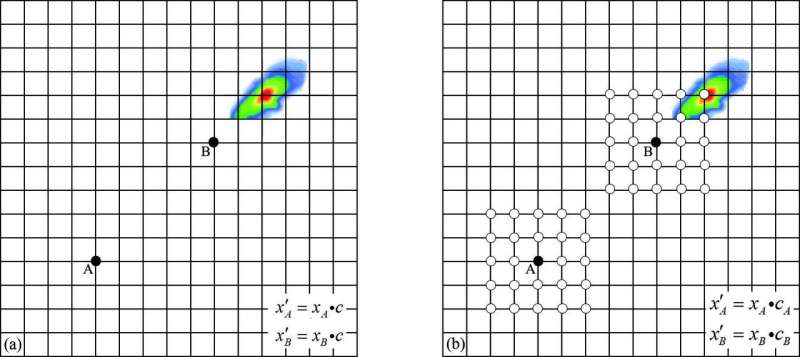Theory of non-orthogonalization and spatial localization for convection-allowing ensemble forecast

Convection-allowing ensemble forecasting has significant research and application value, and the initial perturbation generation method plays an important role in the improvement of its accuracy. Recently, a research group led by Chaohui Chen from National University of Defense Technology proposed a new method to generate initial perturbation with full consideration of the strong locality of a convective weather system. The experimental results confirm that it can improve the effect of convection-allowing ensemble forecasting. This innovative research has been published in Science China Earth Sciences.
At present, initial condition ensemble predictions are relatively mature at medium-to-long-term and climate scales and it has formed corresponding perturbation generation methods. However, many problems exist in the direct application of these methods in convection-allowing ensemble forecasting, such as the small divergence of the ensemble forecast system and the tendency of the ensemble to converge. In general, the dominant approach both in China and overseas is to use orthogonality to tackle the dispersion or independence in short-term or convective-scale ensemble forecasting like the ensemble transformation Kalman filter (ETKF). But all these methods have some disadvantages.
Based on the conventional breeding of growing modes (BGM) method, this paper proposed a local BGM (LBGM) method considering the strong locality of a convective weather system, which is different from existing methods. The BGM method breeds the initial perturbation via the short-term prediction cycle of the model itself. In conventional BGM method, the ensemble perturbation needs to be rescaled after each breeding cycle, in which the scaling factor is simply a function of the vertical level. That is to say the scaling factors for all points on the same vertical level are identical (Fig1 (a)). However, the horizontal inhomogeneity in the distribution of physical variables also needs to be considered for convection-allowing ensemble prediction systems with strong locality and independence. Therefore, the impact radius is introduced to determine the local space of each point and the scaling factor is computed according to the perturbation root mean square error(RMSE) of points within the local space of each point(Fig1(b)). It can be seen that the LBGM method uses the perturbation RMSE at points within a certain range around a point to determine the scaling factor at that point, which incorporates local information into the rescaled perturbation. Simultaneously, the scope of the local area can be adjusted by assigning different impact radius.
To test the effect of the LBGM method, this paper presents a preliminary assessment in terms of its perturbation structure, ensemble spread, and the forecast RMSE. The experimental results confirm that more local characteristics of perturbation are incorporated after rescaling through the LBGM method and the method also reflects the interaction between grid points. For perturbation physical variables and some near-surface meteorological elements, the ensemble spread generated by the LBGM method is greater than that generated by conventional BGM and the forecast RMSE of LBGM is lower than that of traditional BGM. Meanwhile, the ensemble forecast system shows better performance with the new algorithm.
The LBGM method based on conventional BGM is conceptually novel. As it requires no additional computational resources, this method has great application potential in convection-allowing ensemble forecasting.
More information: Chaohui Chen et al, Algorithm based on local breeding of growing modes for convection-allowing ensemble forecasting, Science China Earth Sciences (2018). DOI: 10.1007/s11430-017-9167-5
Journal information: Science China Earth Sciences
Provided by Science China Press

















